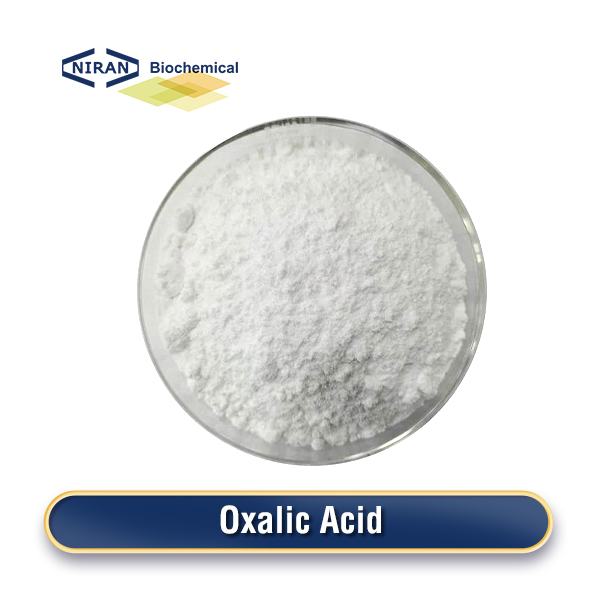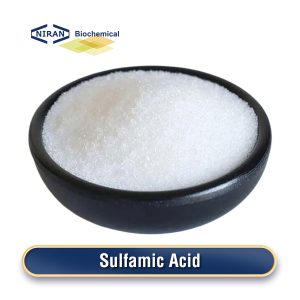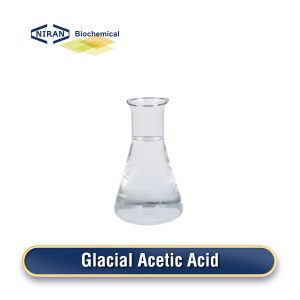Oxalic Acid
- CAS Number: 144-62-7
- Chemical Formula: C2H2O4
- MOQ: 1000KG
- Shelf Life: 2 years
- Forms: Powder, Solution
- Synonyms: Ethanedioic Acid, Oxalic Acid Dihydrate, Acid of Sugar, Methylglyoxalic Acid, Dicarboxylic Acid
Product Description
What Is Oxalic Acid?
Oxalic acid, an organic compound with the chemical formula C2H2O4, is distinguished by its colorless and crystalline nature. Known for its strong acidic and reducing properties, it is widely used in cleaning, metal polishing, dyeing, and as a reagent in chemical synthesis.
Oxalic acid is industrially synthesized by oxidizing carbohydrates like glucose with nitric acid, utilizing vanadium pentoxide as a catalyst. Another common method involves the reaction of sodium formate or ethylene glycol with concentrated sulfuric acid. The resulting oxalic acid is purified through crystallization.
Related Parameters:
| ITEMS | STANDARDS |
| Assay | > 99.60% |
| SO4 | < 4000 ppm |
| Fe | < 10 ppm |
| Ca | < 10 ppm |
| Na | < 10 ppm |
| Cl | < 10 ppm |
| K | < 10 ppm |
| Heavy Metal | < 10 ppm |
Recommended Dosage of Oxalic Acid:
| Applications | Dosage |
| Textile Industry | 5%-10% |
| Metal Cleaning and Polishing | 10%-20% |
| Wood Bleaching | 1%-5% |
| Water Treatment | 1%-5% |
| Pharmaceuticals | 0.1%-2% |
| Agriculture | 1%-3% |
Oxalic Acid Has Wide Range of Uses:
Oxalic Acid is used in a variety of industrial and commercial applications.
In the textile industry, it is predominantly employed for the purposes of bleaching, dyeing, and the elimination of stains and rust.
In metal cleaning, it is employed to remove rust, scale, and tarnish from metals, particularly stainless steel.
The wood industry uses it for bleaching and cleaning wood surfaces.
In water treatment, Oxalic Acid helps remove calcium and other metal deposits.
It is also utilized in the pharmaceutical industry for specific drug formulations, while in agriculture, it serves to clean and control plant diseases.
Additionally, it serves in laboratory settings for various chemical reactions.
User Asked Question:
Q: What precautions should be observed while handling oxalic acid?
A: Wearing protective equipment like gloves, goggles, and suitable clothing is crucial to prevent skin and eye exposure. Additionally, maintaining proper ventilation in the workspace is important to avoid inhalation. Store the substance in a cool, dry location, away from incompatible materials. If contact occurs, wash thoroughly with water and seek medical help if necessary.




